A house, whether it is built of bricks, stones, clay or paper, is always more than the materials that make it. In her recent exhibition Housework(s) (at The Rooms gallery in St. John’s.), Pam Hall explores the essence of the house and the core qualities that support its physical structure. Hall’s social engagement with the community is part of her long-standing artistic practice and unites in this show with her solitary work. Although Hall may be a constant traveller, she has found various ways to construct a strong standing network of houses, which have finally found their way home in this exhibit. Visual Arts News writer Kaylee Maddison chats with Hall about her recent projects and creative process.
KAYLEE MADDISON: What does the “house” personally mean to you?
PAM HALL: I use the word “house” as both noun and verb—as a noun, it signifies a specific place, location, site for home, for work, for play and from which to be in community. Most simply, it is a building to live in and at its most complex, it is something that must be built together with others, and that holds the history of all who have inhabited it. As a verb, to house means to give shelter to, to accommodate, to hold or contain its inhabitants, their memories, actions and histories. The works in this show are in conversation with all of those meanings.
KM: All of the works being displayed have never been shown in St. John’s, Newfoundland, your home, before. What does it mean to you to bring these works home?
PH: It is profoundly meaningful to bring this work home, to share with others in the place I have been living and working for 40 years. When one works “away” as much as I do, unfolding stories and conversations in other communities across Canada or the U.S., many people at home have no idea about the work one is doing—the questions one is following. It matters deeply to me to open these conversations here—to step back into conversation with my own geographic community and those within it who have helped me make it home.
KM: Many pieces in the exhibit are created through collaborations with the public. Is there anything in particular that has surprised you about how people contribute and interact with your ideas?
PH: I have been working with others as collaborators and participants for many years, so am no longer surprised by the generosity, engagement and willingness of others inside and outside the art community to lean in to some of these projects as my partners. I am continually sustained by their contributions and am always reminded that there are many, many ideas that cannot be realized alone. I am not surprised by the amazing contributions of others in these community-engaged projects, but am always profoundly grateful for their engagement and support. One of my favourite elements in HouseWork(s) is the names of contributors and collaborators listed on the walls throughout the gallery. They are all there in the space with me.
KM: You’ve noted before that the collaborative types of pieces you create are often an example of an artist having to let go from controlling the work. What do you find most difficult or challenging about not knowing what’s going to happen to your initial idea?
PM: Letting go of control is something most artists learn from working with unruly materials or in sites and locations where wind, water or weather are part of the environment. As someone who has worked outdoors on site for many years, I had been dancing with elements I could not “control” for a long time, so moving towards working with other people seemed like a natural evolution. The challenges of working with others, where your own decisions are not the only ones at play, keep me nimble, humble and responsive. It reminds me that I am not imposing my will on the universe, but rather am dancing with and within it. No matter how my initial idea evolves or transforms, I am always learning how to realize it as aesthetically, as effectively and as evocatively as I can.
KM: What do you most enjoy about collaborating with the public and those outside of the art community?
PH: The learning, the dialogue and the participation in conversations larger than those within the art world, these are what I most value in collaborative work with artists and non-artists. I adore people who know “stuff”—whether they are scientists or fishers, doctors or dancers, bakers, knitters, boat-builders, mapmakers or cooks. It is privilege and pleasure to work with other knowledge-holders. I also am deeply moved when total strangers in diverse “publics,” step into participation in a project where it is clear that I could not make the same work alone. It is a great gift as well as a significant responsibility to make visible and acknowledge the labour of others in the artmaking process.
KM: The exhibit includes works from the past 10 years. Over those years how has social media changed the way you engage with communities?
PH: There are three projects in HouseWork(s) that were enabled by social media and electronic communication and thus the internet has extended dramatically both my “communities” of conversation and also the locations in which I might put my work into encounter with others. Over the last decade, social media in particular, has also enabled me to be in dialogue personally and professionally with a much larger and more diverse “village.” It allows me to live on an island in a very specific cluster of communities and to avoid feeling isolated, disconnected or out-of-touch. For someone like me, who is essentially a hermit—social media invites me into good company and reminds me I am living in a world bigger than my house and garden, my neighbourhood, my province, my nation or even my species.
KM: How do you believe the combination of creating both solitary and collaborative works has helped you grow as an artist?
PH: To quote two memory cloths from Marginalia (my four-year long collaboration with Margaret Dragu, represented in the show by The History House): “Solitude keeps her sane” and “Relation keeps her civil.”
My solitary practice feeds me, keeps me fuelled. It is the place I do my research, keep my material and conceptual investigations strong and nimble, and figure out how I want to materialize my meaning and where I want to set-it-to-work in the world. My community-engaged collaborations or social projects are where I try to open dialogues and step into conversations with a larger world than my own creative expression—where I try to make the meaning matter, or set it to work. Sustaining both types of practice has helped me grow immensely, not just as an artist but as a person who believes deeply in the work that art might do in a world that needs many voices engaged in building sustainable and inclusive futures for more than just some of the inhabitants of the planet that houses us all.
Both kinds of practice then, invite me to learn and listen deeply, to be in conversations across difference and discipline, and to remember that—whether in a single community or the larger world—we do not build the house alone.

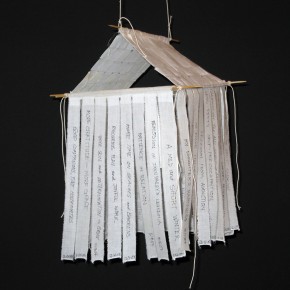
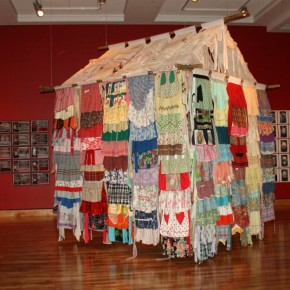
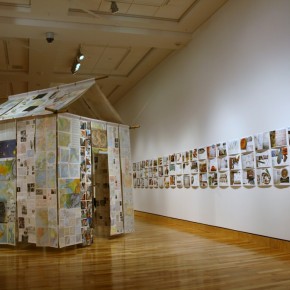
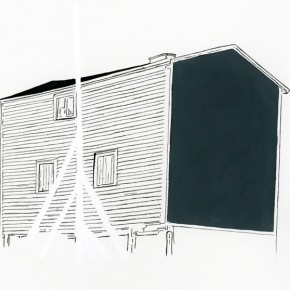
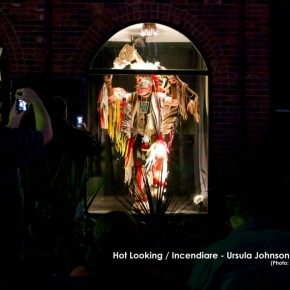

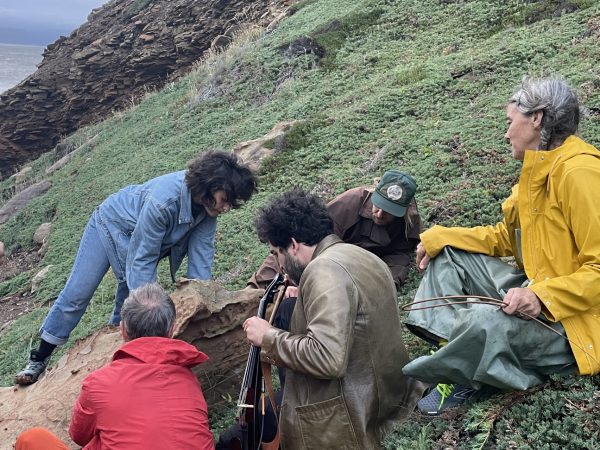
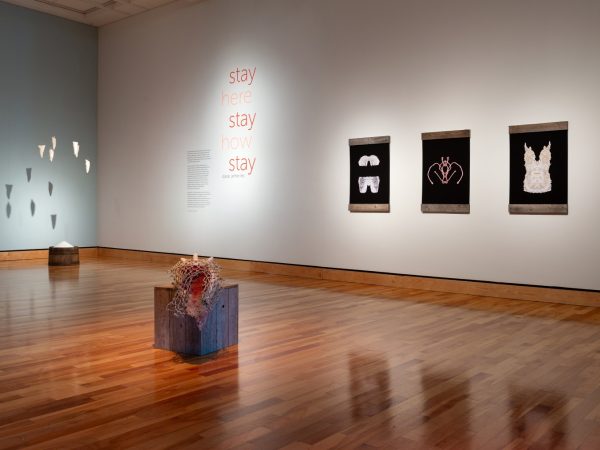
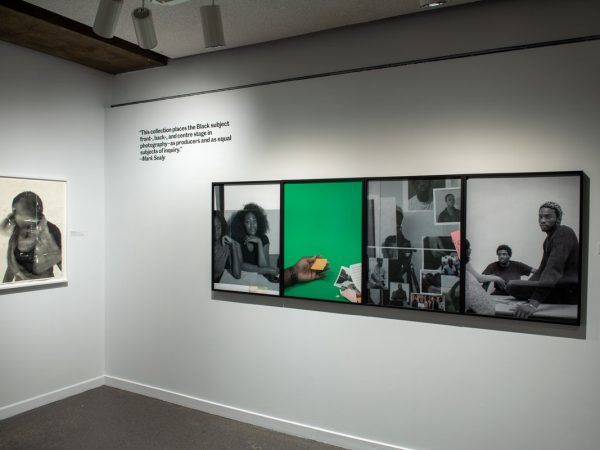
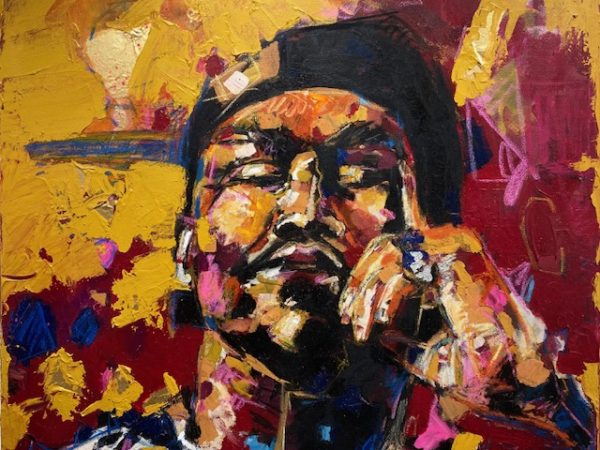
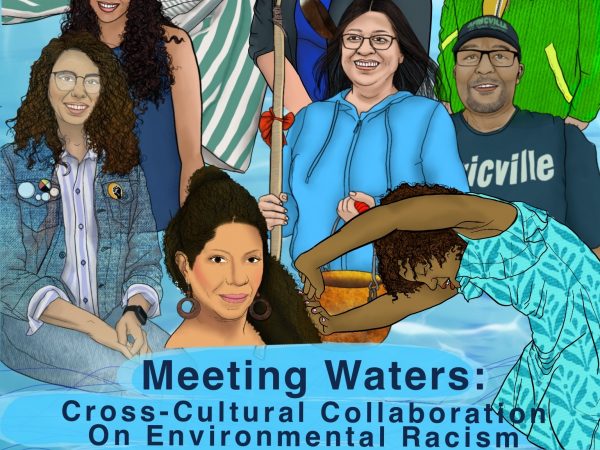







Leave a Reply